A computed tomography, or CT of the neck, combines x-rays with computer technology to create images of the bones and tissues of the neck. Unlike standard x-rays which take a picture of the whole structure being examined, CT has the ability to image one layer, or “slice” at a time.
With x-rays alone, the dense tissues and bones can block the view of structures behind them. In a CT of the neck, the various slices clearly show both bone and soft tissue. CT assists physicians in both diagnosis and detection of a variety of conditions at an early stage.
CT scanning is a non-invasive method of diagnosis for symptomatic patients with issues that require a view inside the body. It is a short, painless procedure and emits very low amounts of radiation.
When would I get a CT of the Neck?
CT is the preferred exam when evaluating the soft tissue structures of the neck. The scan includes the orbits through the top of the lungs and is used extensively to evaluate the glands and lymph nodes of the neck.
CT of the neck may be recommended to evaluate:
- lumps
- swelling
- trauma
- goiter (an abnormal enlargement of your thyroid gland)
- sore throat
- vocal cord paralysis
- difficulty swallowing
- hoarseness.
What Will I Experience?
During a CT scan, the area being studied is positioned inside a ring or “gantry” that is part of the CT scanner. The ring can tilt and the x-ray scanning devices within it can rotate to obtain the views needed.
A contrasting dye may be injected into the blood (intravenously) during the CT scan. The dye makes blood vessels and certain structures inside the neck more visible. If an abdominal CT scan is performed, a contrast material is usually given by mouth (orally).
According to most people, the challenging part of a CT of the neck is the need to lie perfectly still for periods of time. The technologist will keep you informed as to when to be still and when you can move.
Actual scan times vary from a few seconds to several minutes. The examination will take about 15 to 30 minutes, including the time for exam preparation and interview. In some cases, additional scanning is required as scans are tailored to suit individual diagnostic needs.


